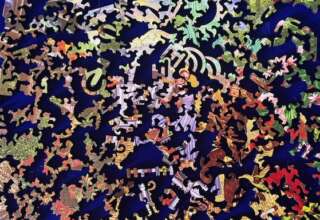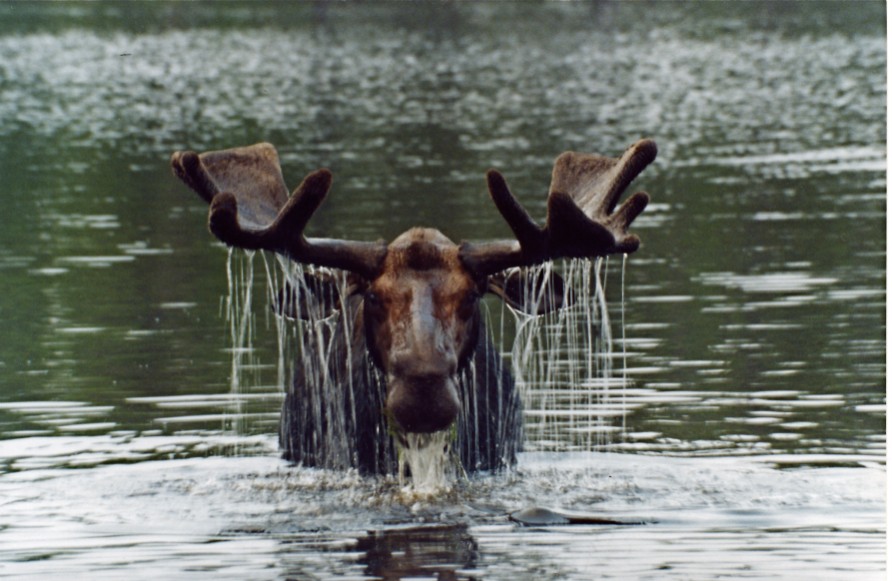
Connections
There obviously is a strong need for connectedness in human societies when anxiety abounds. We are indeed “social animals” (Aronson, 2018) who huddle together during a storm and other conditions of threat. We have an evolutionary advantage over many other species precisely because we are “wired” to engage in collaborative ventures (such as child-rearing, hunting and celebrating) with other people in our tribe or community. As I have already noted, our sense of personal identity might be based primarily in our relationships with other people. Reality itself might be “created” in our interpersonal interactions.
The noted psychiatrist, Harry Stack Sullivan (1953), suggests that the person whom we are will change depending on the person with whom we interact. At the very least, we would seem to be three selves (Cacioppo and Patrick (2008, p. 78) We are a personal or intimate self that seems to exist independent of any external influences. Some would say that this is our “authentic self”—though it certainly is elusive and is readily confused with the other two sources of self.
The second, social or relational self is engaged with the people with whom we are particularly close (family members, friends, neighbors). “This is the part of you that would not exist without the other people in your life.” (Cacioppo and Patrick (2008, p. 78). Finally, there is the collective self that we engage through our identification with a specific ethnic group, gender, community or nation. This is the “mask” that we wear which has been prepared over many years and even centuries of tradition. This third self plays a particularly important role In a heavily enmeshed culture. We often are not acquainted with our personal self when reared and living as an adult in a society where collective identity reigns supreme.
In contemporary societies where the world of interpersonal relationships is wide and flat (Friedman, 2007), there are many more than just these three selves. We engage multiple versions of self and even multiple personalities when interacting with multiple people who come from multiple settings and cultures. Kenneth Gergen (2000) would use the term “multiphrenia” to describe the multiple people we become when interacting in our complex world. If nothing else, we must acknowledge that our presentation of self will change when we serve in different roles and when we encounter people we have never met. All of this suggests that our survival as a social animal comes with a strong alignment between self, reality and interpersonal connection.








